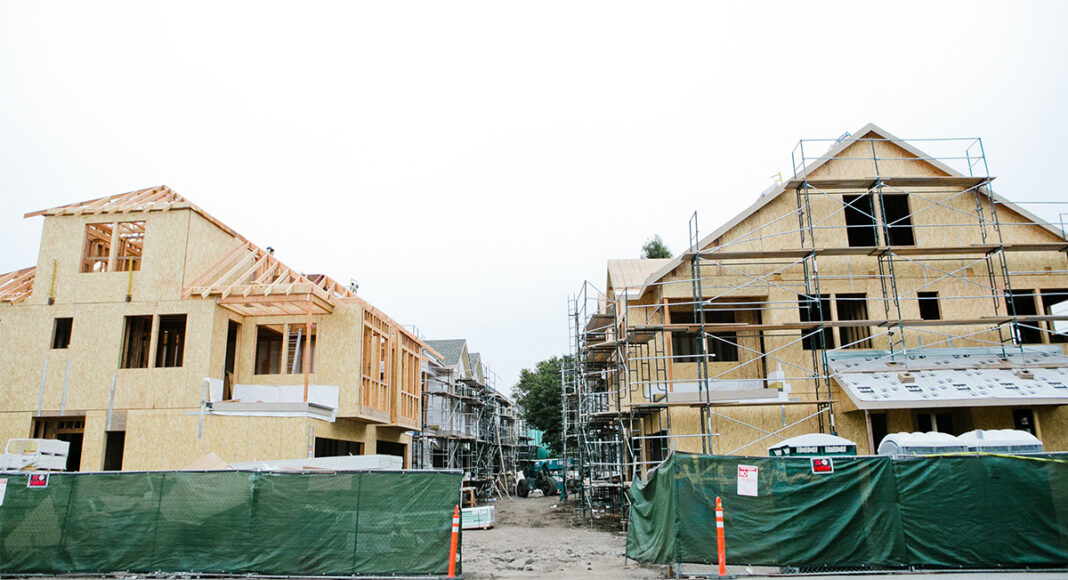Advocates of affordable housing warn that the new Republican tax plan, signed into law late last year by President Donald Trump, has not only cut tax rates. Among its many ripple effects, the changes are undercutting the value of a popular tax credit for affordable housing construction, making the longstanding incentive less valuable.
With developers now saving much more on their tax bills, fewer companies will take advantage of the credit, and fewer will therefore build homes for low-income Americans.
“Certain projects that are in the planning stages now wouldn’t happen,” says Matt Huerta, the housing policy manager for the Monterey Bay Economic Partnership (MBEP). “Or they will have to lie and wait for years for scarce dollars in order to make their projects happen.”
A San Francisco-based accounting firm estimates that the tax changes will amount to the construction of 235,000 fewer affordable units nationwide over the next decade . And Huerta estimates the changes will mean more than a couple hundred fewer affordable units in the Monterey Bay area alone.
He says investment in affordable housing had already started slowing late in 2016, after the November election, when companies realized that big tax cuts could be on the way.
Huerta, however, is trying to lay the foundation for what he hopes will be the next chapter in affordable housing. He’s co-authored a new housing paper with developer and philanthropist Sibley Simon, who’s also the treasurer for the Homeless Services Center.
Their document lays out nine ideas to tackle housing affordability, including three points addressing fee structures and two others having to do with density and smart growth. The paper suggests relaxing accessory dwelling units rules, as well as easing up requirements for parking and commercial space. The paper also recommends creating a source of money for local affordable housing, something former Santa Cruz Mayor Don Lane and former county Treasurer Fred Keeley are discussing, as they work together on a bond measure for the upcoming November ballot.
The MBEP paper advocates for a diverse ecosystem of new housing. It points out that the biggest portion of new construction lately is at the expensive end. Many new units are pricey condos that are up for sale—the kind of homes that are out of reach for most of us and therefore have less of an impact on market affordability.
With that in mind, the overarching moral outlined in the paper can be summed up in one word: “Build.”
That mantra has seen its share of pushback. In Capitola, for instance, the City Council got an earful over plans to allow for three stories on part of Capitola Road. Others, in the “Yes in My Backyard”—or YIMBY—camp, wanted to see height restrictions relaxed even more.
Capitola Mayor Michael Termeni says he would love to add up to 200 units of housing to the local mall. He says that local governments need to build in order to make housing more affordable, although he hedges slightly, saying the town needs to do it “on a Capitola scale.”
“This is the first time in 20 years, I’ve heard this kind of talk about housing, and how difficult it’s become,” Termeni says. “My own son is living in a two-bedroom with three small children, with his partner, and they’re paying $2,000 a month. It’s very small, and he was lucky to get it.”













